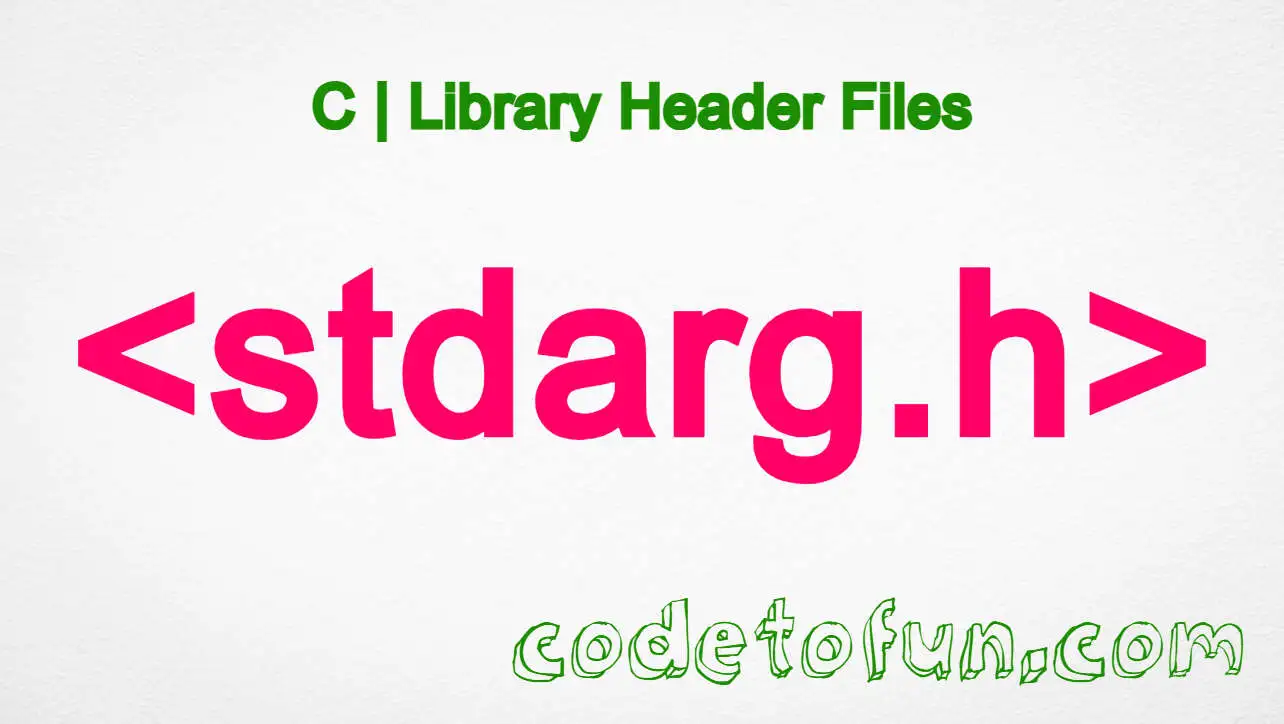
jQuery Basic
jQuery Callbacks
jQuery callbacks.fire() Method

Photo Credit to CodeToFun
🙋 Introduction
In the realm of JavaScript programming, managing the execution of asynchronous tasks and coordinating multiple functions can be challenging. jQuery offers a solution to this with its powerful Callbacks Object API. Among its arsenal of methods, callbacks.fire() stands out as a key tool for controlling the flow of execution and triggering callback functions.
This guide explores the intricacies of the callbacks.fire() method, its syntax, practical applications, and best practices.
🧠 Understanding callbacks.fire() Method
The callbacks.fire() method is an essential component of jQuery's Callbacks Object, which facilitates the execution of callback functions in a controlled and organized manner. It allows developers to manually trigger all registered callback functions associated with a Callbacks Object.
💡 Syntax
The syntax for the callbacks.fire() method is straightforward:
callbacks.fire( [arguments] )- arguments: Optional arguments that will be passed to the callback functions when they are invoked.
📝 Example
Let's dive into a simple example to illustrate the usage of the callbacks.fire() method:
var callbacks = $.Callbacks();
callbacks.add(function(message) {
console.log("Callback 1:", message);
});
callbacks.add(function(message) {
console.log("Callback 2:", message.toUpperCase());
});
// Manually trigger the registered callback functions
callbacks.fire("Hello, world!");🏆 Best Practices
When working with the callbacks.fire() method, consider the following best practices:
Clear Naming:
Use descriptive names for callback functions and Callbacks Objects to enhance code readability and maintainability.
Consistent Usage:
Adopt consistent conventions for registering and firing callback functions throughout your codebase to promote uniformity and reduce confusion.
Parameter Passing:
When passing arguments to callback functions using
callbacks.fire(), ensure compatibility and consistency to avoid unexpected behavior.Error Handling:
Implement error handling logic within callback functions to gracefully handle exceptions and prevent cascading failures.
Testing:
Test callback functions and their interactions rigorously to validate functionality and identify potential edge cases or issues.
📚 Use Cases
Event Handling:
Use
callbacks.fire()to trigger callback functions in response to user interactions, DOM events, or custom events.Plugin Development:
Incorporate
callbacks.fire()into custom jQuery plugins to execute callback functions at specific points in the plugin's lifecycle.Asynchronous Operations:
Control the execution flow of asynchronous tasks by firing callback functions upon completion or when specific conditions are met.
Error Handling:
Integrate
callbacks.fire()with error handling mechanisms to execute error callback functions and manage error states effectively.
🎉 Conclusion
The callbacks.fire() method in jQuery empowers developers to orchestrate the execution of callback functions with precision and control.
By mastering its syntax, exploring practical use cases, and adhering to best practices, you can leverage this powerful tool to enhance the functionality and reliability of your JavaScript applications. Incorporate callbacks.fire() into your development toolkit to streamline event handling, manage asynchronous operations, and unlock new possibilities for interactive and dynamic web experiences.
👨💻 Join our Community:
Author

For over eight years, I worked as a full-stack web developer. Now, I have chosen my profession as a full-time blogger at codetofun.com.
Buy me a coffee to make codetofun.com free for everyone.
Buy me a Coffee











